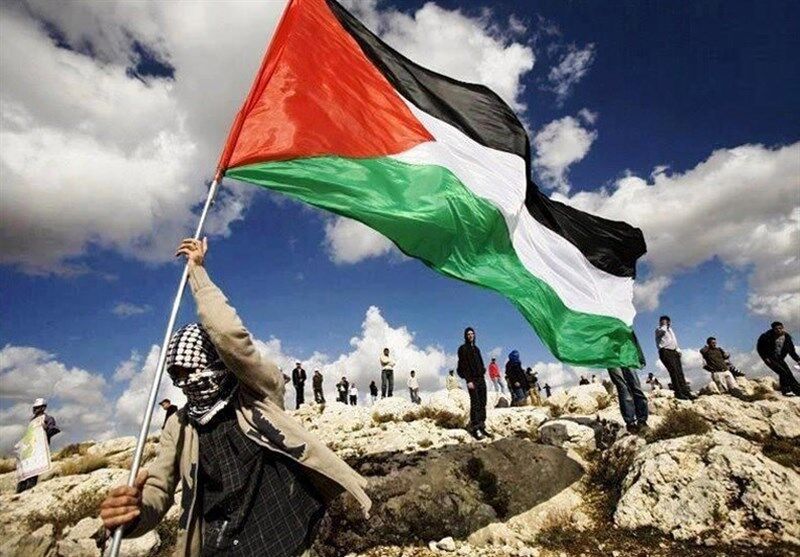From the Holocaust to Gaza, will the illusion of Israel’s invincibility finally come to an end?
Over the past two years, Israel’s bombing of Gaza has been so intense that its sounds can be heard even in Tel Aviv, seventy kilometers away. But the famine and starvation are quieter, and images of murdered children are rarely shown in the Israeli media.
The war is more visible in the clamor of protests for the release of prisoners, political debates or memorial plaques for soldiers; the suffering of the Palestinians remains distant, abstract, and ineffectual.
Writing in the Guardian, Noam Sheizaf describes a regime that has enclosed itself in a media and mental bubble during the two-year war in Gaza. Occupied residents, blind to the suffering of the Palestinians, have normalized the war and blocked any political solution by resorting to mythic language and a narrative of victimhood. What, he asks, can shake Israel in the face of this situation?
Shizaf writes that the inhabitants of the occupied territories have adapted to this situation: the army uses former soldiers in need of money or jobs to fill its personnel, private contractors are used to systematically destroy Gaza neighborhoods, and everything is moving towards establishing the normal state of war.
The picture he paints of the occupation of Gaza City is not one of sovereignty over the Palestinians but of their destruction and their expulsion to a corner of this strip. This situation, he interprets, is the gradual realization of the far-right’s dream of eliminating the Palestinians from their homeland. Meanwhile, parts of the world, including France, Britain, and Australia, are seeking recognition of the Palestinian state at the United Nations, a move that, although symbolic, Shizaf believes is the first serious crack in the Israeli bubble.
What is happening in the occupied territories, in his view, is a shift from the language of politics to the language of myth: representing the war as a continuation of the Holocaust, portraying Hamas as the new Nazis, and placing the current conflict along the lines of Jewish sacred texts and mythological history. This mythmaking deprives the settlers of the possibility of political imagination and imprisons it in a kind of endless now.
Referring to Robert Malley’s book Tomorrow is Yesterday, Shizaf goes on to show that the peace process was based on a fundamental conceptual error: ignoring identity and historical memory. According to these two veteran negotiators, the two-state policy was never a “natural stop” for either side, since the Israelis sought eternal security and the Palestinians sought historical reparations for exile and dispossession.
The central point of Shizaf’s analysis is the denial of historical and religious determinism: myths and identities are not eternal, but rather constructed by circumstances and can change. The way out, therefore, begins with the fundamental rights of the Palestinians, and only by accepting these rights unconditionally can the impasse be overcome.
Shizaf concludes that from the symbolic recognition of Palestine to the push to boycott Israeli leaders accused of genocide, there are signs of a global awakening to the destruction of Gaza. These movements, however limited, could burst the Israeli bubble and reveal a clearer face of the regime to the Israeli and international community.

